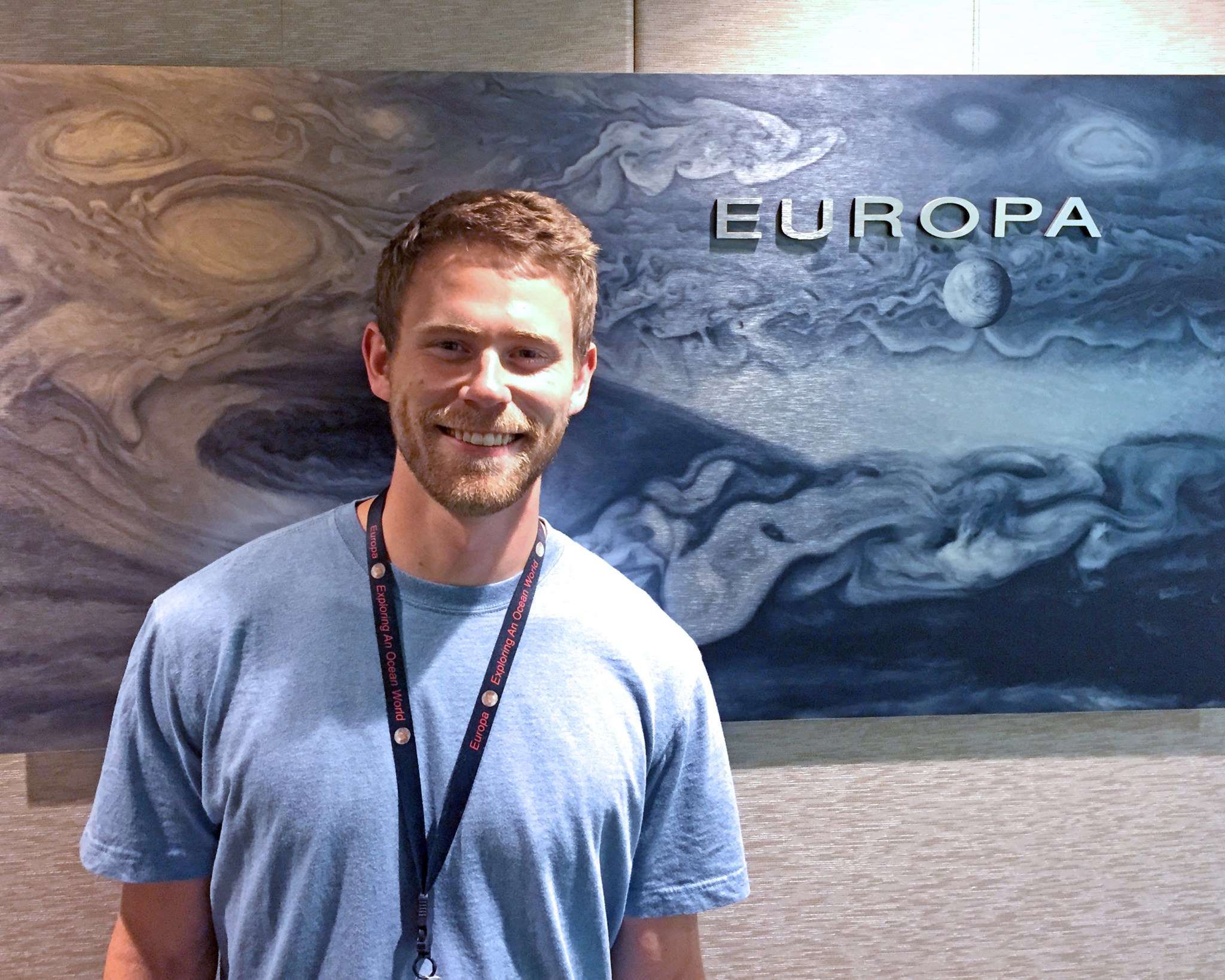Luke Bury
University of Colorado, Boulder
From subsurface oceans to volcanic wastelands, the outer solar system contains many great mysteries. Perhaps none are so compelling as the potential for extraterrestrial life. Some moons of the outer solar system are thought to possess all the ingredients for life as we know it. True exploration of these moons will require landing to collect in-situ data, yet we have only ever touched the surface of one: Titan, a moon of Saturn. This was possible because of Titan’s thick atmosphere, which enabled the use of a heat shield and parachutes to slow down the Huygens probe from hyperbolic entry. Unfortunately, no other moon in the solar system offers such a thick atmosphere, and carrying all the fuel necessary to slow down a spacecraft from a direct transfer becomes infeasible and minimizes available payload mass when headed to the outer solar system.
To deliver a spacecraft to the surface of these moons, a new method must be developed. This research aims to create a framework for landing spacecraft on moons of the outer solar system via utilization of low energy dynamics, thus minimizing fuel cost and maximizing surface reachability. To create such a framework, the proposed research is broken into four tasks. Task 1: understand the fundamentals of connecting ballistic trajectories to the surface of secondary bodies in the Circularly Restricted Three Body Problem (CR3BP), and investigate methods of scaling solutions between different 3-body systems. Task 2: Investigate major perturbations affecting the motion of low energy trajectories and implement them in the dynamics model. Task 3: Study how surface reachability changes when the spacecraft is allowed impulsive, and eventually continuous, maneuvering. Task 4: Characterize the solution-space over key mission design parameters, such as necessary delta-V (for both orbital maneuvers and landing), time of flight, flight-path-angle at arrival, and capacity to re-plan and save the mission in case of an abort maneuver.
In line with the NASA Technology Roadmap’s call for research in the areas of (4.2.3) Above-Surface Mobility; (11.2.6) Analysis Tools for Mission Design; and (11.4.5) Advanced Mission Systems, a greater understanding of how to safely land at specific points across the surfaces of outer-solar-system moons is necessary before exploration of these unique locations can begin. Greatly boosting NASA’s exploratory capabilities, this research will enable new and exciting mission concepts, such as the delivery of an ocean-exploring spacecraft to an access point on the surface of Europa. The mysteries hidden on the moons of the outer solar system are of interest not only to the scientists who study them as they deal with age-old enigmas central to the human experience. We want to know who is out there. In order to carry out missions to explore these incredible destinations, we must first answer critical engineering questions about how to land at scientifically interesting locations via low energy trajectories.



























